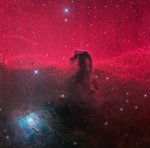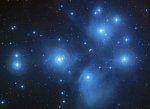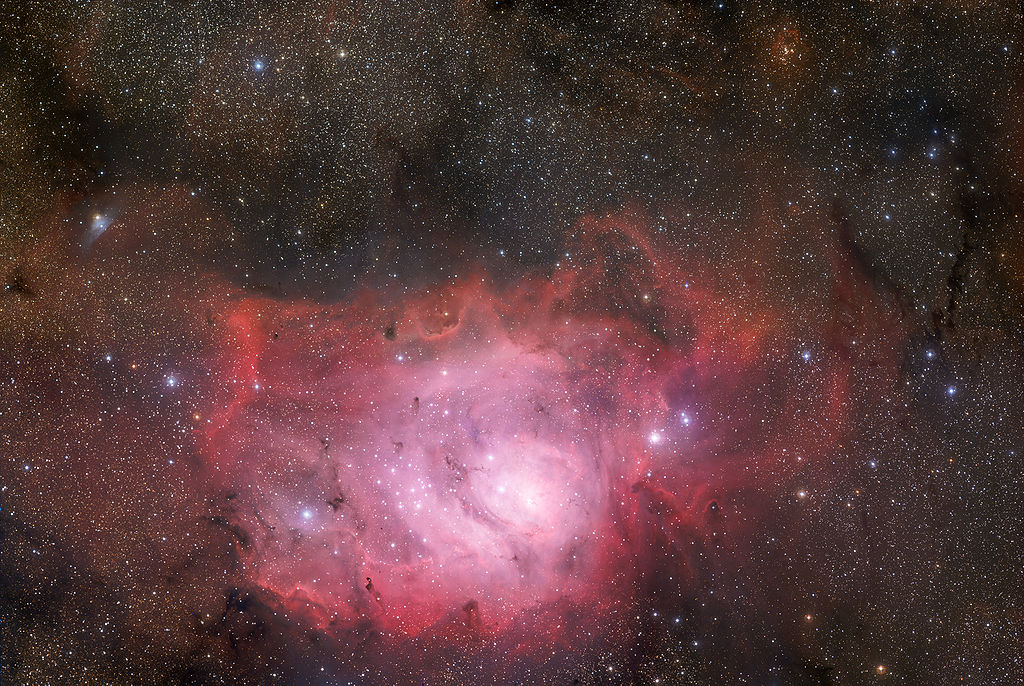Literally everywhere I go it's dark as hell. Did the developers want to portray a sense of realism or is it because everything is procedurally generated that it has to be like that? Looking at pictures of EVE Online gameplay there are many parts of the universe lit up and it's very very beautiful even though it is the background you see for hours on end. In Elite Dangerous the only time you see something pretty are the rare Earth-like planets that have visible lights from the assumed cities down there. Star Citizen is looking pretty nice so far.
Check out this screenshot I found on google images, I have no idea what's going on but the background sure looks better than Elite Dangerous's black universe:

Check out this screenshot I found on google images, I have no idea what's going on but the background sure looks better than Elite Dangerous's black universe:

Last edited:





